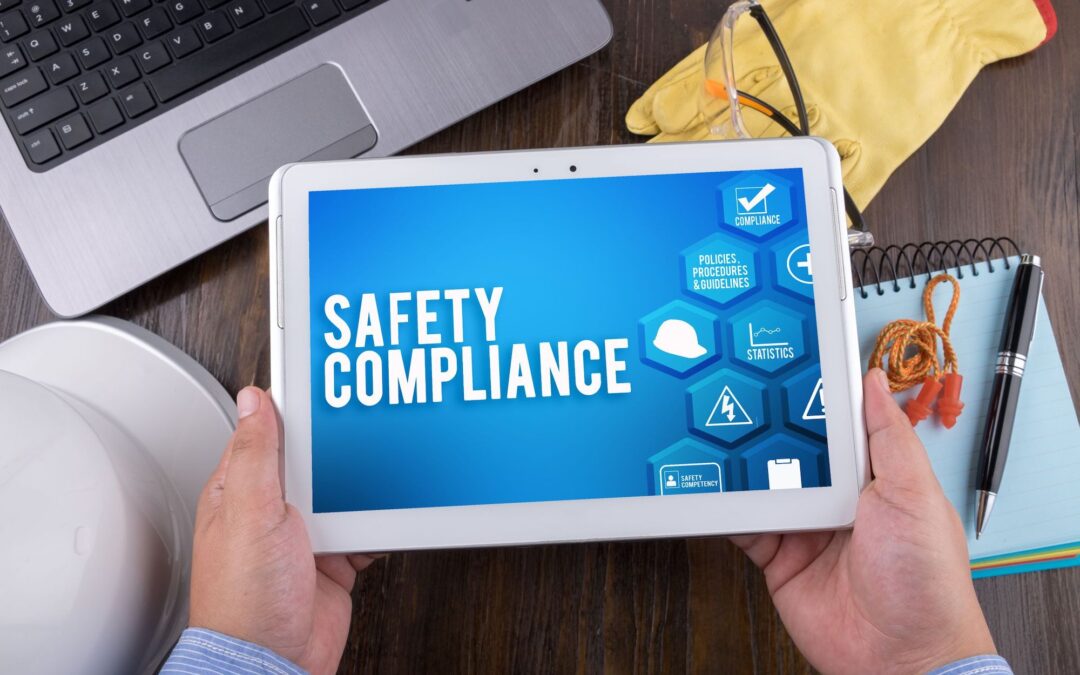OSHA standards for general industry cover workplace safety and health aspects, including emergency planning, walking surfaces, slips, trips and falls, hazardous chemicals, using power tools, welding, cutting, and hot works, fire safety, first aid, bloodborne pathogens, confined spaces, and PPE. They are found in Title 29 of the Code of Federal Regulations, Part 1910. Compliance with OSHA standards involves adhering to all regulations that have been developed and implemented, applying best management practices, and ensuring workers are equipped with the necessary training and PPE before they perform any job task. General industries are regulated by OSHA’s general industry standards, directives, and standard interpretations.
Discussion Points:
• What are OSHA standards for general industry?
• What is a compliance directive?
• What is a Letter of Interpretation?
• What is the OSH Act?
• What is OSHA’s mission?
Discussion:
OSHA Compliance Directives or CPLs are written instructions providing compliance policies and enforcement procedures on specific subjects, such as compliance with and enforcement of OSHA standards.
The Occupational Safety and Health Administration receives thousands of questions and requests for clarification about their occupational health and safety standards. When OSHA responds to these requests, they usually do so through a Letter of Interpretation, which is a memo regarding some aspect or terminology in an OSHA standard or regulation. These letters clarify or guide an established OSHA standard, policy, or procedure. OSHA Directives are available on the OSHA website. These documents also instruct compliance officers how to inspect employer compliance with OSHA standards in general or may clarify compliance with a singular OSHA standard.
OSHA’s mission is to ensure that employees have a safe and healthful environment in which to work. Workplace fatalities have dropped by 65% and illnesses and injuries by 67% since the passage of the Occupational Safety and Health Act (OSH Act) of 1970. The Act protects workers and has had a considerable impact on workplace safety. Section 5 of the OSH Act contains the “general duty clause,” which requires employers to maintain conditions or adopt practices reasonably necessary and appropriate to protect workers on the job; be familiar with and comply with standards applicable to their establishments; and ensure that employees have and use personal protective equipment when required. Section 8 permits OSHA inspectors to enter, inspect and investigate, during regular working hours, any workplace covered by the Act. Employers must communicate with employees about the hazards in the workplace.
Monitoring compliance has changed over time as a traditional inspection is now being enhanced by advanced technologies and processes. OSHA provides various types of directives available on the OSHA website, and to ensure that employees work in a safe environment, they provide training, outreach, education, and assistance.
As always, be safe out there!


Recent Comments